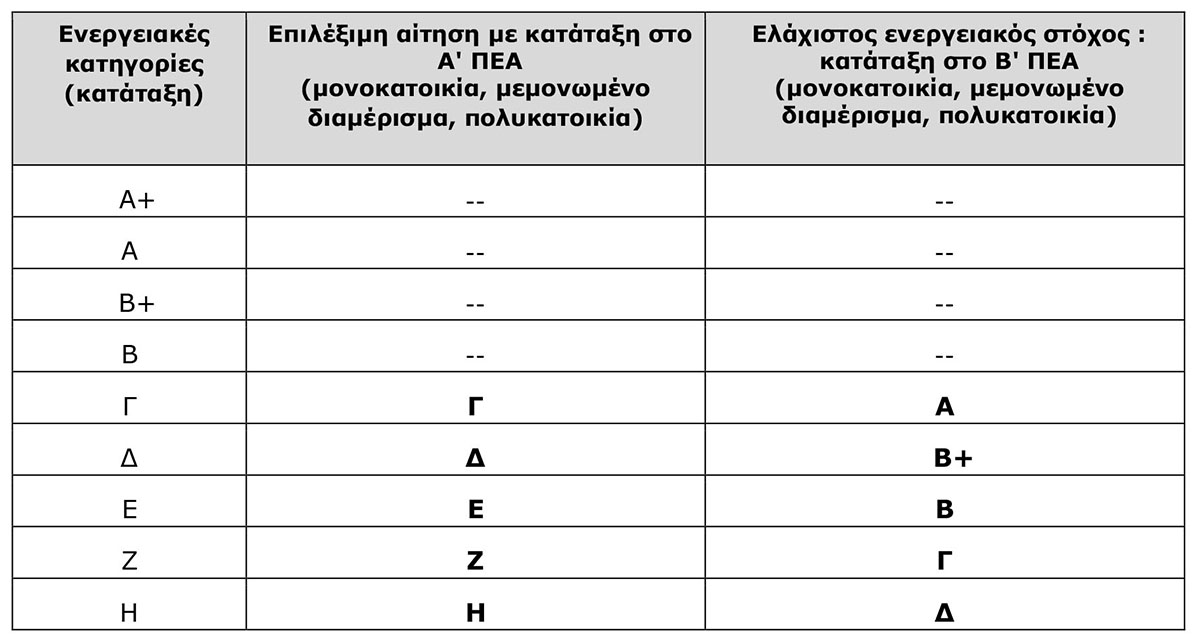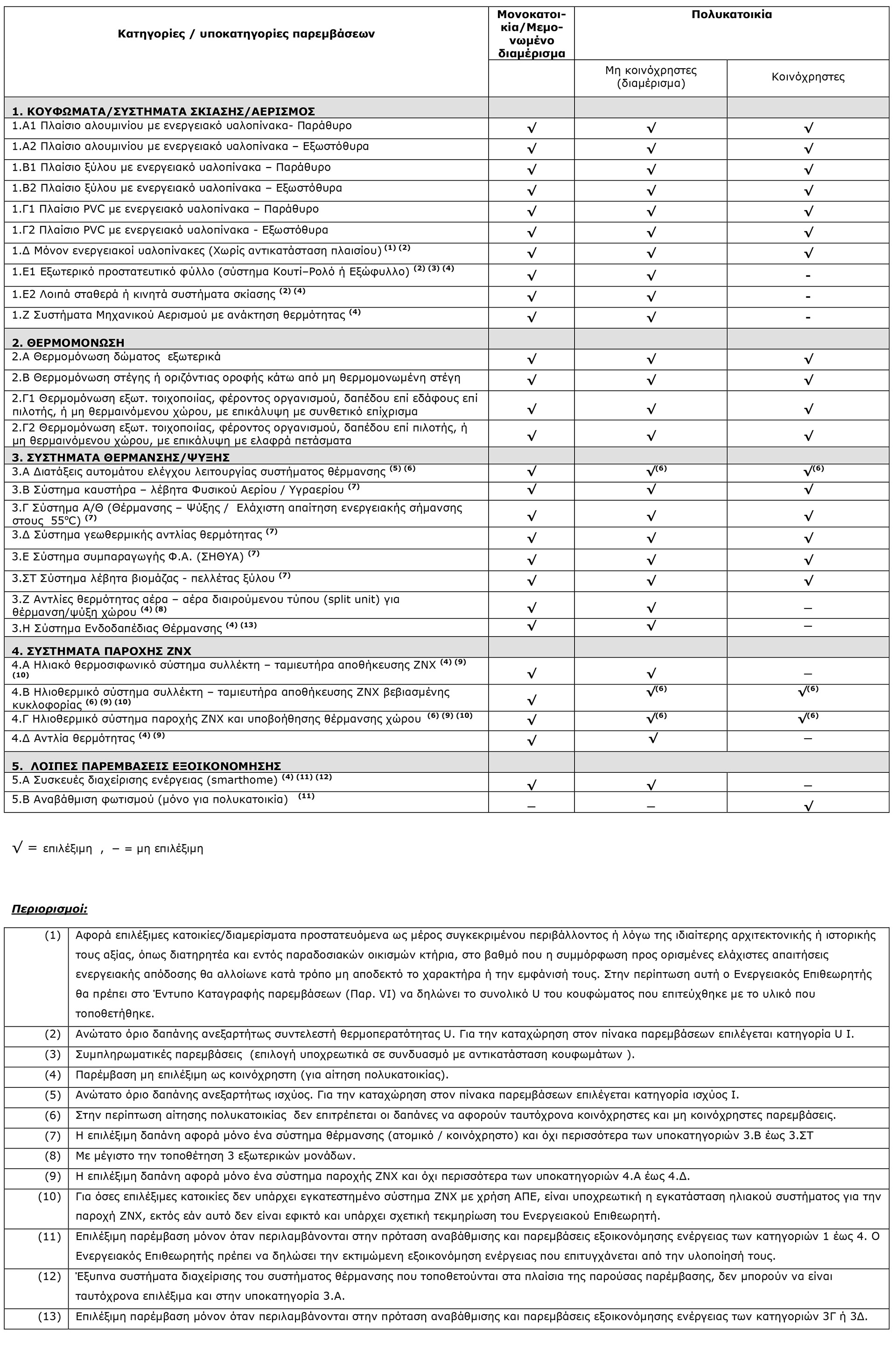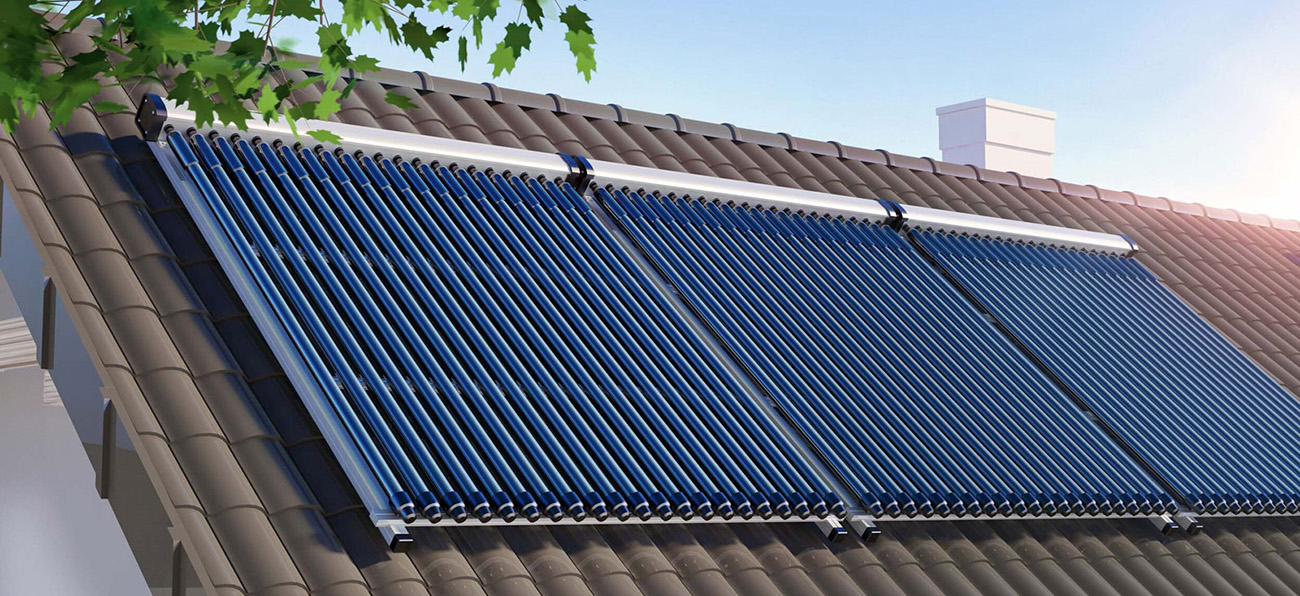5. Other energy saving interventions. Eligible interventions in this category are:
(i) Installation of smart management systems (smart home), which contribute to energy savings (subcategory 5.A).
Intervention is only eligible when included in the energy upgrade proposal and energy saving interventions (categories 1 to 4). Smart systems and technologies are eligible, which:
a. They adjust and maintain energy consumption (appliances, lighting, heating, hot water, etc.) at the levels chosen by users in order to save energy.
b. They collect, analyze and present energy consumption data.
c. Adjust and maintain shading levels to achieve optimal energy savings.
Eligible systems regulate the operation of an entire building or unit and must include the following:
Intelligent electrical charge management systems
Systems that enable the control and adjustment of light intensity (eg intelligent sensors to detect user movement and / or ambient conditions (night / day), intelligent lamps, shading automation, etc.) or control of other electrical charge (eg smart switch for water heater management), as well as recording of electricity consumption.
Intelligent heating / cooling systems
Systems and sensors, which have the ability to monitor and regulate the temperature separately in each room. (eg smart thermostats, smart sockets, smart switches, smart relays, etc.).
Intelligent Remote control & monitoring systems
Systems that provide users with the ability, through appropriate equipment (eg central device that connects to the rest and coordinates the overall system) and software, to receive reports and alerts related to its energy consumption as well as remote control and device management (eg user notification if a device is left open, if not all lights are off, smart leak sensors, temperature, humidity, etc.).
At the same time cannot be eligible in the intervention "3.A automatic heating system operation control devices", intelligent heating system management systems, which are installed in the context of this intervention.
Surveillance systems and security systems are not eligible.
(ii) Upgrading of lighting in the common areas of an apartment building (subcategory 5.B)
Intervention is only eligible when included in the energy upgrade proposal and energy saving interventions (categories 1 to 4).
The intervention includes the replacement of all lighting points with LED lamps and the replacement of the lighting timing system, with an intelligent system that includes at least one of the following: motion sensors, day / night sensors, lighting activation point depending on the input / output.
















